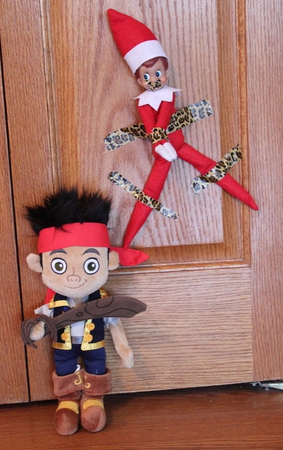There is a family here in Colorado who has been making headlines recently because of their transgender child. I’m not going to get into the specifics of the story (you can read more about it here) but will focus on some of the great discussion and information that has been going on surrounding the story.
Most of us don’t have a lot of experience with transgender children, either as parents, professionals, teachers or friends. This lack of experience can make an already tricky situation even more difficult simply because of our lack of exposure. In reaction to the above-mentioned story in Colorado, my colleague Dr. Sarah Burgamy, was asked to speak about transgender children on a local TV program. She did an awesome job answering some basic questions on parenting children who might be – or definitely are – transgender.
A couple of her points that stuck out most to me:
How do you know if your child is transgender, or just “going through a phase?” Many kids go through phases of exploring interests or looks more typically thought of as belonging to the opposite sex. For example, a boy enjoying dressing up in skirts, or a little girl enjoying trains. Dr. Burgamy explained that transgender children’s behaviors and attitudes are “insistent, persistent and consistent” over time.
How should a parent respond to their transgender child? Parenting is a tough job any time, but can be especially challenging when our children don’t fall inside the “norm,” have unique needs or interests, or are simply different from their peers. Dr. Burgamy offered some excellent guidelines for parents with transgender children (or any children for that matter):
- Â Minimize distress
- Increase happiness
- Do what you can to allow them to have happy childhoods
Check out her full interview here:
Dr. Burgamy also provided some resources for families and friends of transgender youth:
The Transgender Child:Â A Handbook for Families and Professionals – by, Stephanie Brill & Rachel Pepper
Gender Born, Gender Made:Â Raising Healthy Gender Non-Conforming Children by Diane Ehrensaft, Ph.D.
Trans Youth Family Allies – TYFA
TransACTIVE – based in Portland, OR but has some good national/international resources.












